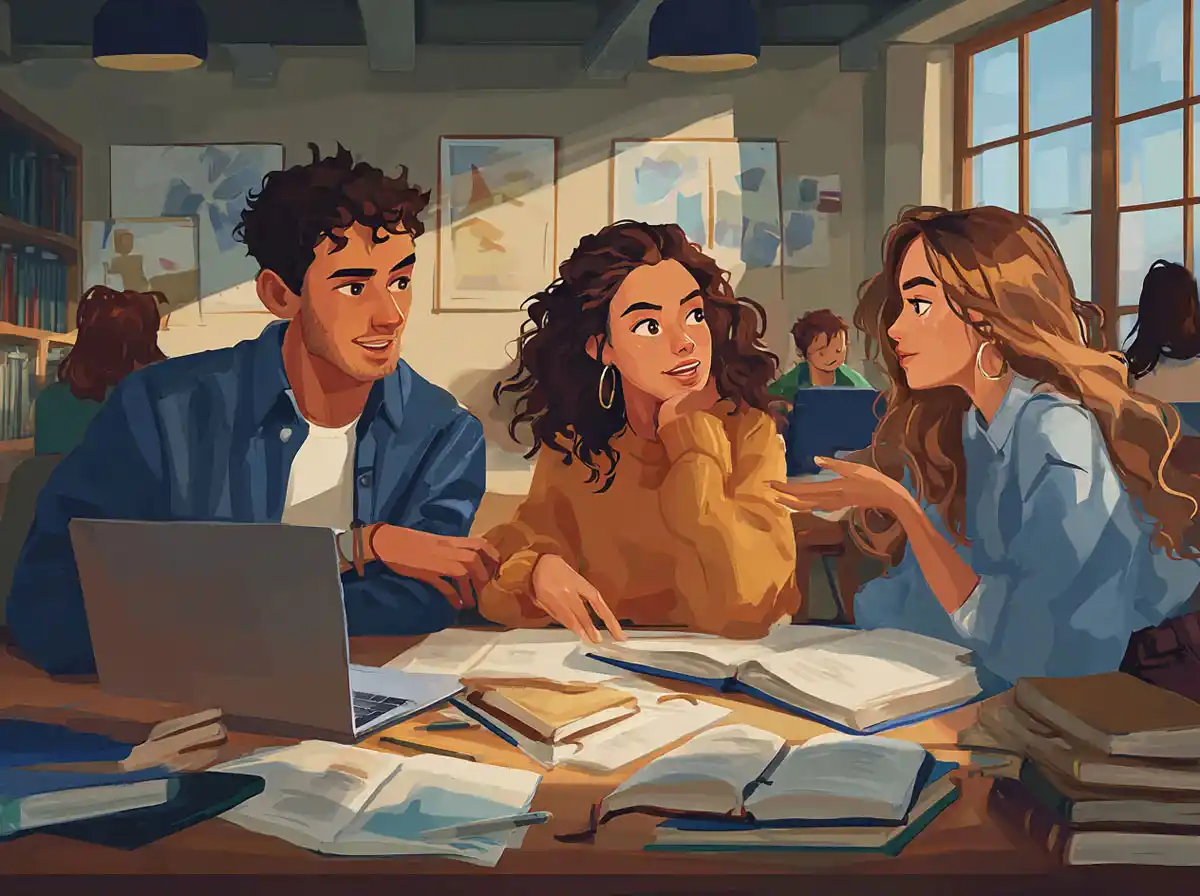Understanding the Galician Language and Its Cultural Context
Galician (Galego) is a Romance language closely related to Portuguese, spoken by around 2.4 million people. It holds co-official status alongside Spanish in Galicia. The language’s evolution has been shaped by historical events, geographical isolation, and cultural exchanges, resulting in a wealth of idiomatic expressions and humor specific to different regions within Galicia.
Humor in language serves as a social glue, and in Galician, it often involves wordplay, irony, and references to local customs or stereotypes. Regional expressions not only entertain but also preserve oral traditions, reflect community values, and sometimes gently poke fun at local idiosyncrasies.
Characteristics of Humorous Expressions in Galician
Humorous expressions in Galician typically share several characteristics:
- Use of Local Dialects: Variations in pronunciation and vocabulary across Galician regions influence the humor.
- Wordplay and Puns: Many expressions rely on double meanings or phonetic similarities.
- Cultural References: Jokes often incorporate elements from rural life, fishing, farming, and local legends.
- Irony and Sarcasm: Commonly used to convey humor indirectly, a typical trait in Galician wit.
Understanding these features is essential for learners who want to grasp the full flavor of regional humor in Galician.
Examples of Regional Humorous Expressions in Galician
Below are some popular humorous expressions from various parts of Galicia, complete with explanations and usage contexts.
“Estar máis perdido que o coche do Xesús no monte”
(To be more lost than Jesus’s car on the mountain)
This expression humorously exaggerates being completely lost or confused. It pokes fun at the idea of Jesus having a car and losing it in a mountain, which is absurd and thus funny. It’s often used when someone is clueless about a situation.
“Non saber nin a metade do que sabe un gato escaldado”
(Not knowing even half of what a scalded cat knows)
Used to describe someone very naive or inexperienced, this phrase leverages the metaphor of a cat that has been scalded and thus is cautious or savvy. The irony lies in comparing a person’s ignorance to the instinctive knowledge of a wary animal.
“Ter máis fíos que un xastre”
(To have more threads than a tailor)
This expression refers to someone who has many problems or issues to deal with simultaneously, similar to a tailor juggling many threads. It’s a playful way to describe a complicated or hectic situation.
“Ir a facer un viño ao río”
(To go drink a wine at the river)
Commonly used to humorously describe the act of going fishing, this phrase plays on the idea that the “wine” is actually the fish one hopes to catch from the river. It reflects the Galician penchant for turning everyday activities into amusing expressions.
“Estar máis fóra que un balcón”
(To be more outside than a balcony)
This colorful phrase means someone is behaving oddly, is out of touch, or eccentric. The balcony metaphor highlights being physically or mentally “out there” in a humorous way.
Regional Variations and Their Significance
Galicia is divided into several provinces, including A Coruña, Lugo, Ourense, and Pontevedra. Each region has subtle differences in accent and vocabulary that influence humorous expressions. For example:
- A Coruña: More influenced by coastal life, expressions often involve fishing and seafaring themes.
- Lugo: Inland with more agricultural references in idioms and humor.
- Ourense: Known for thermal waters, some humor involves local spa traditions.
- Pontevedra: Combines coastal and rural elements, rich in playful teasing expressions.
These regional nuances add depth to the language and provide learners with a broader cultural perspective, making platforms like Talkpal invaluable for exploring such diversity interactively.
How to Incorporate Galician Humorous Expressions into Language Learning
Using humorous expressions is a great way to enhance language retention and make learning more enjoyable. Here are some effective strategies:
- Contextual Learning: Learn expressions within cultural stories or dialogues to understand their usage.
- Practice with Native Speakers: Engage in conversations on Talkpal to hear authentic usage and get feedback.
- Use Mnemonics: Create mental images or associations to remember quirky expressions.
- Watch Local Media: Films, TV shows, and radio programs from Galicia often feature humorous language.
- Keep a Humor Journal: Record new expressions, their meanings, and example sentences.
The Role of Humor in Preserving Galician Identity
Humorous expressions play a vital role in maintaining and expressing Galician identity. They reflect historical resilience, social cohesion, and local pride. In times of political or cultural pressure, humor has often served as a subtle form of resistance and a way to keep the language vibrant among younger generations.
Language learning apps like Talkpal contribute to this preservation by making the Galician language accessible worldwide, highlighting its cultural richness, including its humor. Learners not only pick up vocabulary and grammar but also absorb the spirit and personality that make Galician unique.
Conclusion
The regional humorous expressions in the Galician language offer a fascinating glimpse into the culture, history, and everyday life of Galicia. They enrich the language with wit, irony, and local color, making learning Galician a more engaging and meaningful experience. By exploring these expressions through platforms like Talkpal, language learners can connect more deeply with the Galician people and their traditions, enhancing both linguistic skills and cultural appreciation. Whether you’re a beginner or an advanced learner, embracing these playful idioms will undoubtedly add charm and authenticity to your command of Galician.










